
PlantWerkz Japanese Maple Acer Palmatum
Placement. Japanese Maple Bonsai do really well in sunny and airy locations, but when temperatures rise to 85 °F (30 °C) or above, it should be placed somewhere with indirect sunlight to prevent the sun from damaging the leaves. The Japanese Maple is frost hardy, even when trained as a Bonsai, but when temperatures drop below 15 °F (-10 °C.
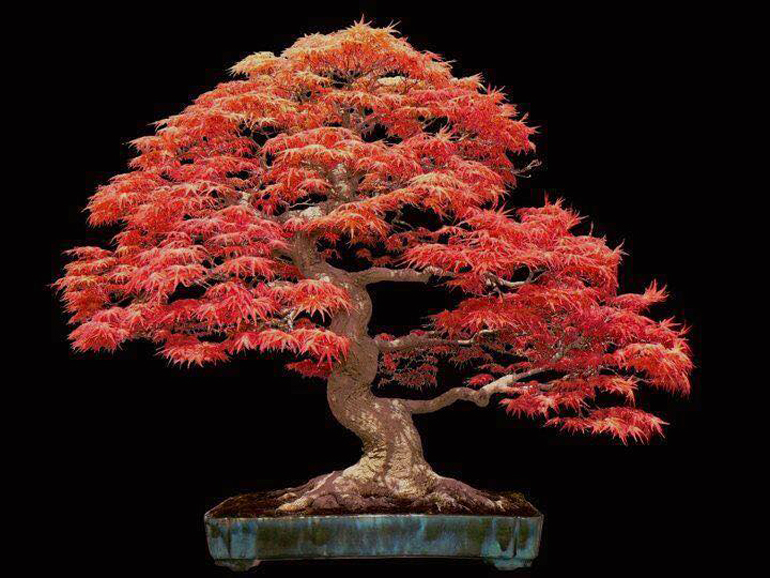
Brilliant Japanese Maple Bonsai in Full Fall Color with Correction Bonsai Bark
The Best Japanese maple for bonsai What's needed for a good Japanese maple bonsai. Japanese maples (Acer palmatum) are native to Japan, Korea, and China and have a lot of varieties mainly thanks to human cultivation to enjoy their autumn leaves. As bonsai cultivars, there were more than 200 species before WWII in Japan, which is now reduced, but still a large number, to 50 or so varieties.

How To Grow Japanese Maple Bonsai Trees Grow A Bonsai Tree
Kiyohime maple is a stunning variety of Japanese maple that is ideal for bonsai enthusiasts who are looking for a dwarf cultivar. This variety is characterized by its smaller leaves and more lateral growth habit, which makes it a perfect candidate for bonsai cultivation. Because of its smaller size, the Kiyohime maple is also well-suited for.

Japanese Maple Bonsai
Plant your Dwarf Japanese Maple bonsai where it can receive light shade during the intense midday heat. This frost-hardy plant can be grown in most locations, but should be protected from a strong frost and conditions below 14 degrees Fahrenheit whenever possible. Otherwise, any sunny, well-aerated location should do.
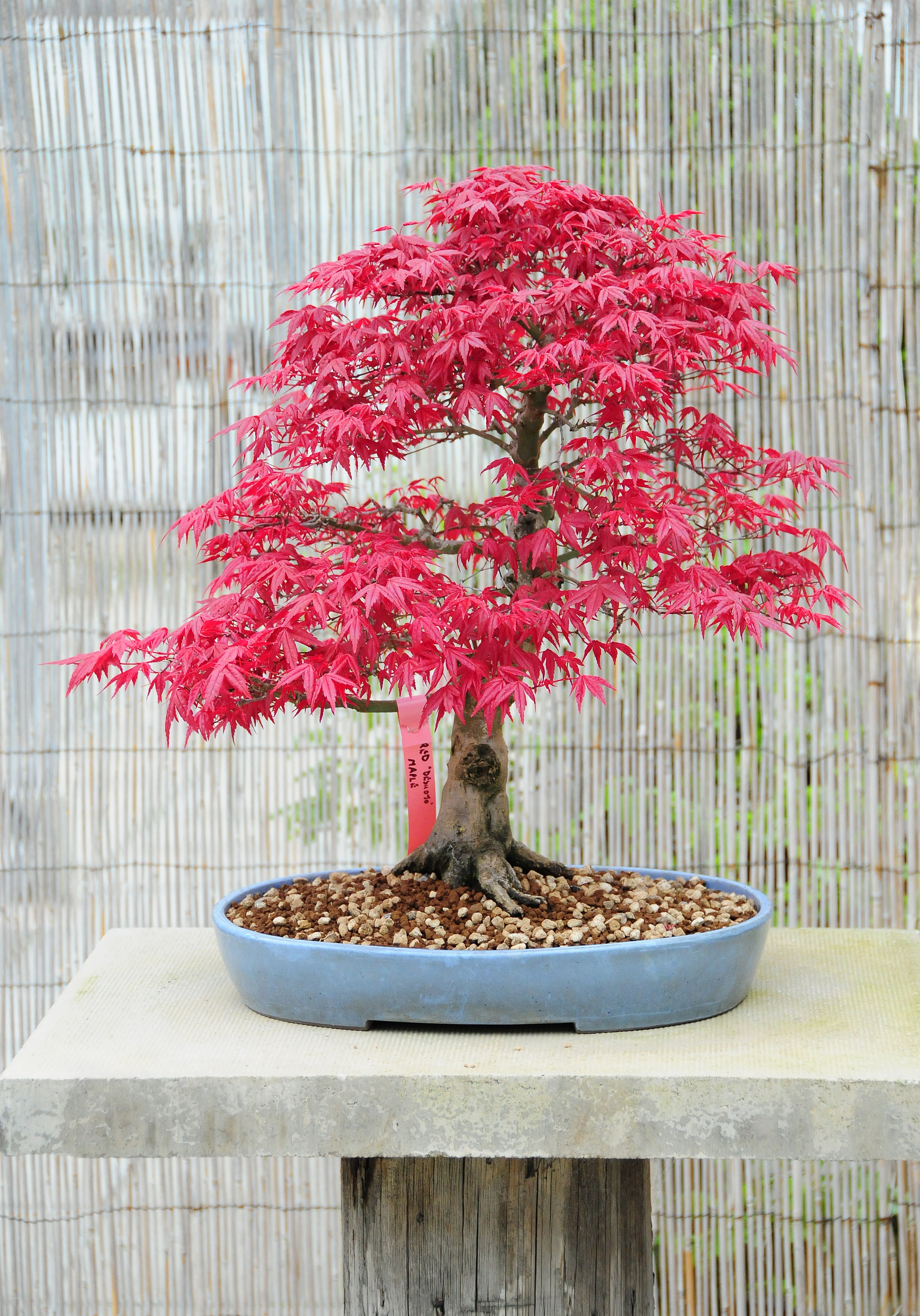
How to Care for a Bonsai Tree
The Japanese Maple bonsai, also known as Acer palmatum, is a tree species native to Japan, China, Korea, southeast Russia, and eastern Mongolia. This deciduous specimen has a striking leaf structure that many will be familiar with, even those that don't grow them. The foliage presents a characteristic dome that makes it stunning to cultivate.
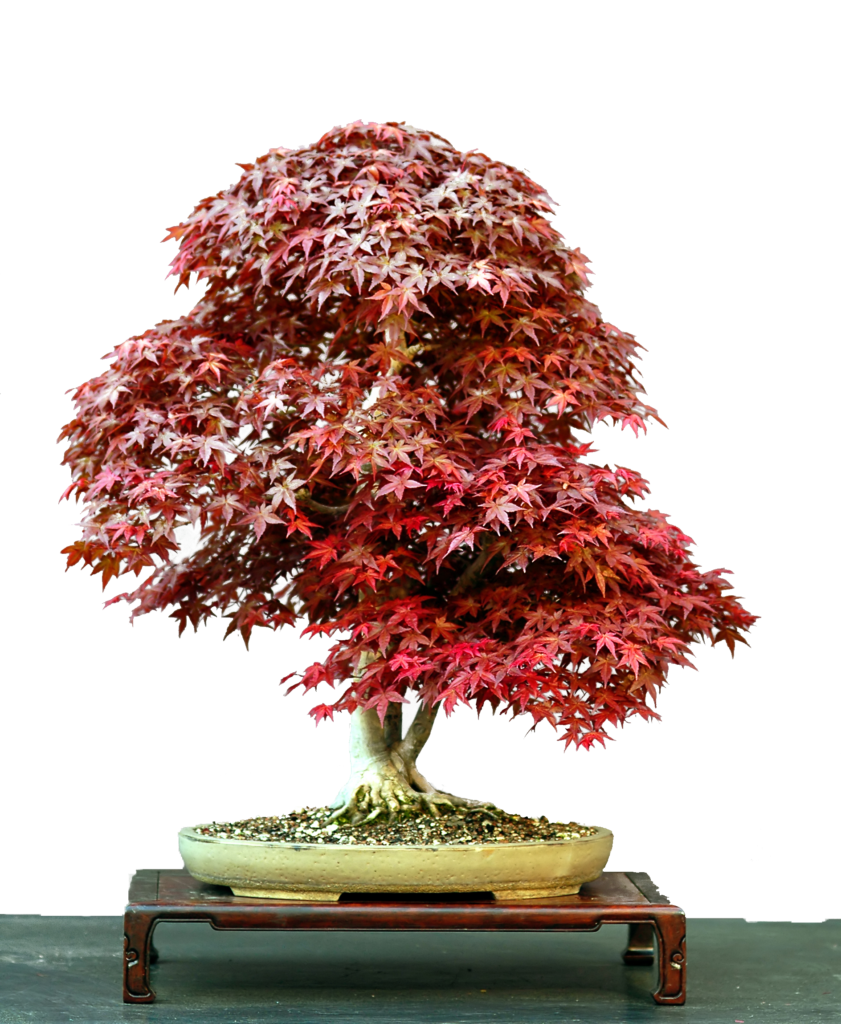
Yard, Garden & Outdoor Living Home & Garden Garden Tool Sets Bonsai Growing Kit Made in Japan
The two most popular maples used for bonsai - the Japanese maple and the trident maple - are native to Asia. These species are among the smaller maples, reaching mature heights of 35 feet or less, depending on the variety. Japanese maples are among the most popular trees for bonsai. Maple species native to other areas of the planet tend to.
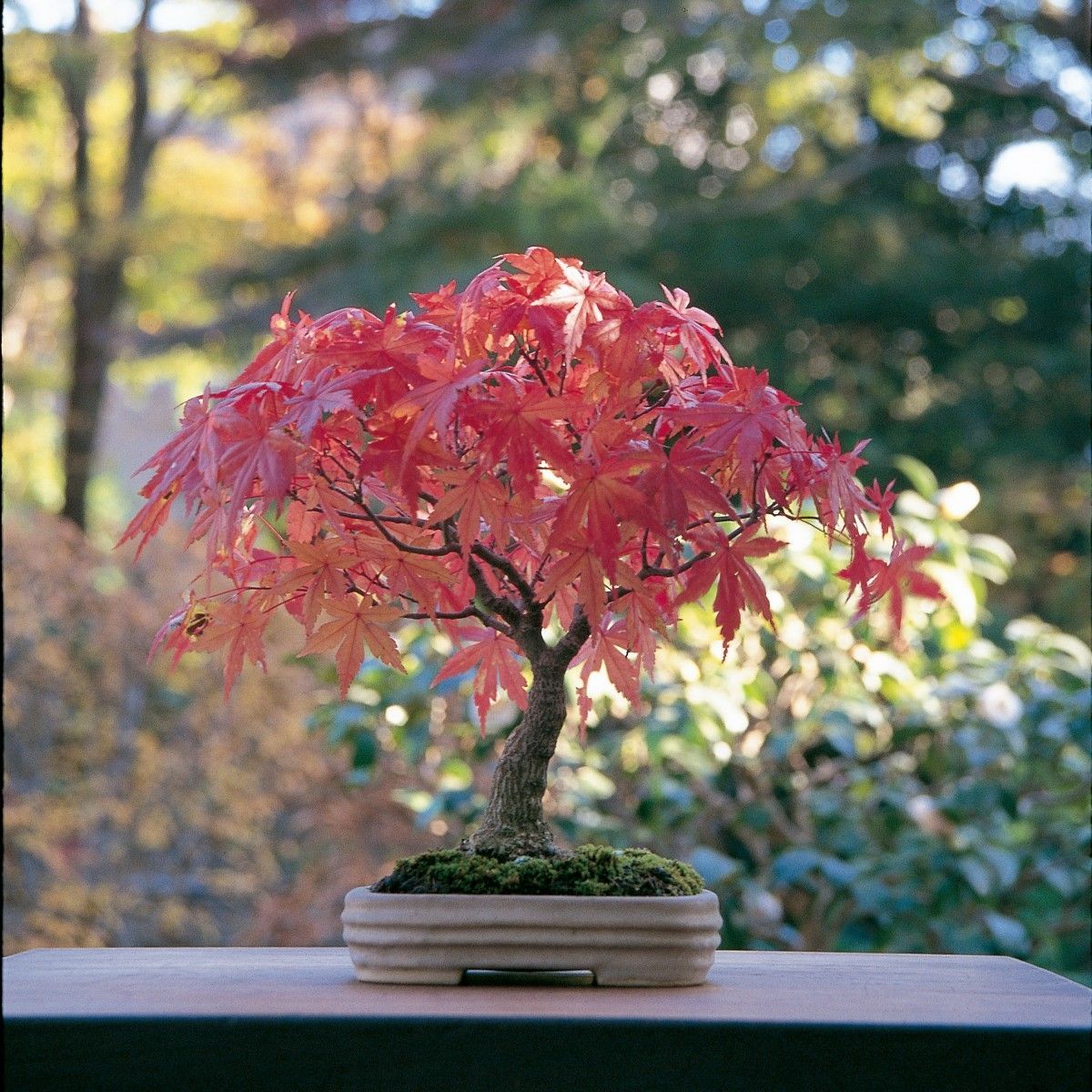
How to care of your maple bonsai and not die trying Mistral Bonsai
The General Japanese Maple Bonsai Know-How. When properly cared for, Japanese maple bonsai can flourish in both novice and expert hands. They develop at a slow-growing steady pace, making them amenable to regular pruning and wiring for shaping. While the leaves are still on the tree the summer is the best time to wire a Japanese maple bonsai.

JAPANESE FULL MOON Maple Seeds Acer Japonicum Bonsai Etsy Maple tree landscape, Japanese
2. Make a duplicate cut about two branch widths below the first cut. 3. Make a straight cut to connect the first two cuts. [4] 4. Peel off the bark between the first two cuts. The bark should peel off fairly easily. [5] Make sure none of the cambium layer (the green layer under the bark) is left.

Refining A Japanese Maple Bonsai By Transplanting Valavanis Bonsai Blog
The Sharp's pygmy Japanese Maple performs well in zones 5-8, and may lose some of its fall brilliance in zone 9; though it will still survive well as long as given adequate winter protection. Although this bonsai belongs in the outdoors and needs a dormant period, it cannot survive without root protection from frost and heavy wind or in areas where temperatures decline to below freezing for.

Japanese Maple Bonsai
Free Shipping Available. Buy Bonsai Japanese Maple on ebay. Money Back Guarantee!
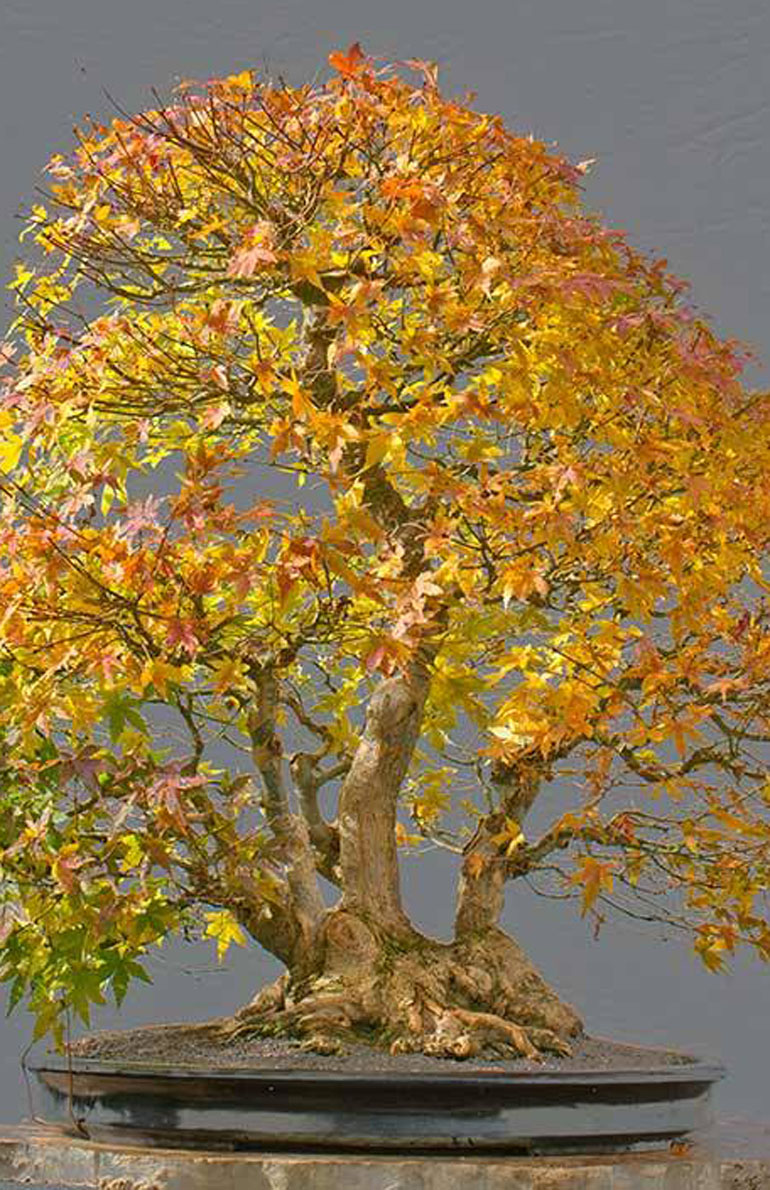
Japanese Maple Bonsai with a Natural Look Bonsai Bark
Fertilizer. Japanese maple bonsai require regular fertilizing to encourage strong and consistent new growth. During the spring and summer, feed Japanese maple bonsai every other week with an organic bonsai fertilizer or liquid fertilizer. During the fall, switch to a nitrogen-free fertilizer and cut back on the frequency of feeding.
/growing-japanese-maple-bonsai-5085314_02-d3f41f2a659e4d1ba5d1eb2b53978277.jpg)
How to Grow and Care for Japanese Maple Bonsai
Like all deciduous trees, a Weeping Japanese maple bonsai should remain outdoors all year long. It must stay cool or cold during the winter (about 3 months), but should be protected from harsh freezes. In the late fall, protect your tree by burying your tree, or mulch over the pot in the ground. The tree should be protected from strong wind and.
:max_bytes(150000):strip_icc()/Bonsai-Japanese-Maple_GettyImages-482617609-6cd85951c9a7485cabe46413262dc31a.jpg)
How to Grow and Care for Japanese Maple Bonsai (2022)
The bonsai Japanese Maple, scientifically known as Acer palmatum, is a miniature version of the iconic Japanese Maple tree. Its small size, intricate branches, and vibrant foliage make it a popular choice among bonsai enthusiasts. The art of growing and shaping these trees in containers has been practiced for centuries in Japan.
:max_bytes(150000):strip_icc()/growing-japanese-maple-bonsai-5085314_01-ed29bb3278a34f03b6331bfa4e746b13.jpg)
How to Grow and Care for Japanese Maple Bonsai
A Japanese Red Maple Bonsai is a living miniature tree and not a house plant; therefore, your bonsai must be maintained in a cool/cold environment during the winter season. As a guide, around Thanksgiving Day it is time to prepare your Bonsai for its winter dormancy period which should last approximately three (3) months.
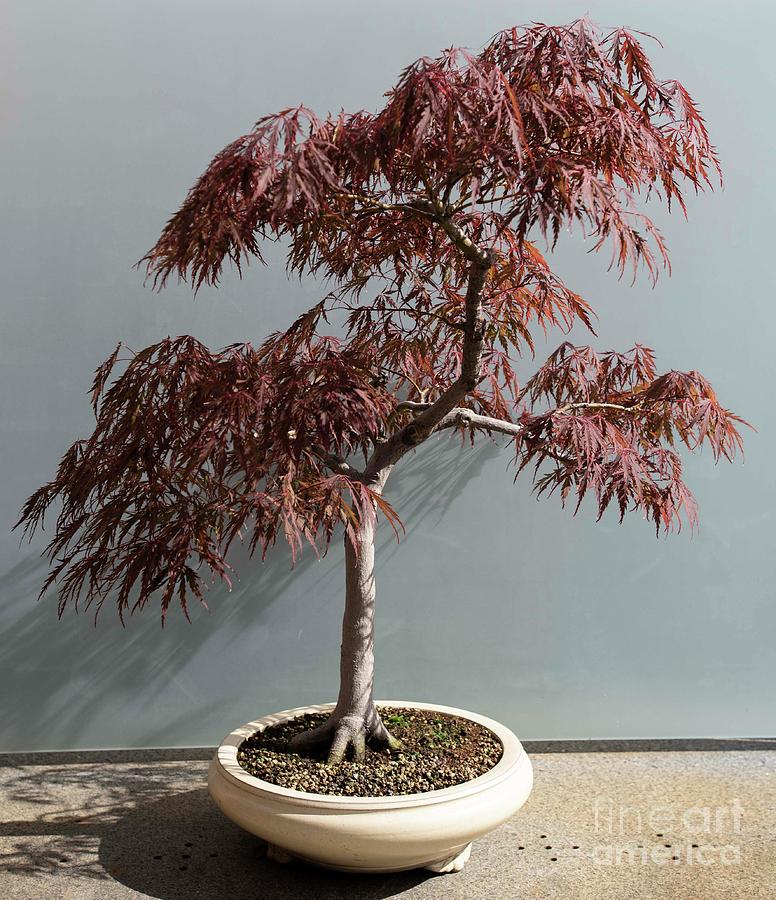
Bonsai Japanese Maple Photograph by David Bearden Fine Art America
By applying techniques like pruning, wiring and repotting you can turn that nursery stock into a nice looking Bonsai tree! In this article we show the steps we took to make a Bonsai from a nice looking Japanese maple - one with great potential and hence a price tag of around $150 USD. This was the first step in the development of this tree to a.
/GettyImages-85149148-c984adfc47f64ca8ac727f711e924892.jpg)
How to Grow and Care for Japanese Maple Bonsai
TIP #1: Maintain a 3 to 4 inches thick bed of mulch around each Japanese Maple bonsai tree, at least the diameter base of the tree canopy. It will help in keeping the soil cool for a longer time in early spring. Always keep the roots cool to postpone early bud break as well as leaf emergence.